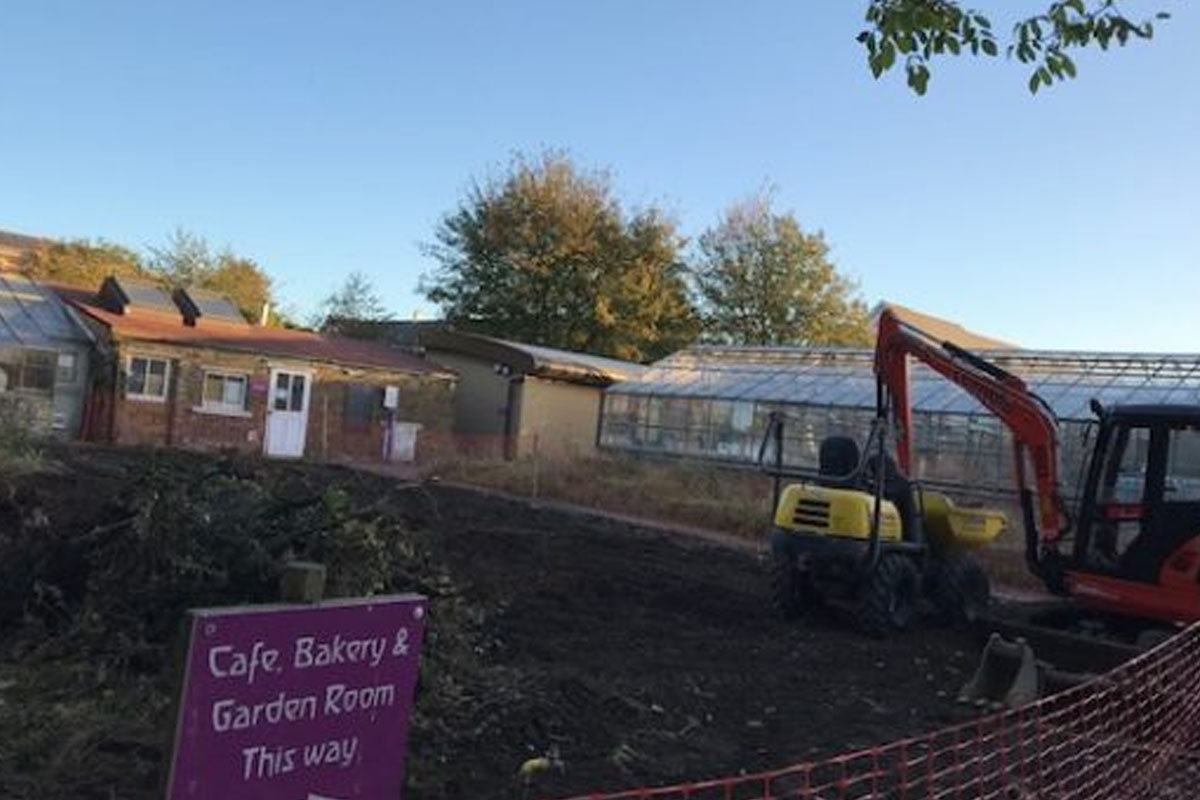
Or how about creating your own nature hunt cards that challenge you to find objects of different colours, textures, shapes and sizes. Can you get a whole rainbow? What colour did you struggle the most to find? Which colour was the easiest to find? Which colour do you like the most? *Pretty please don’t pick any wild flowers, only collect ones you have grown yourself or fallen ones you find on the floor.Īgain its a great opportunity to talk about the materials you have found. We used leaves, stones, grass, bark, fallen fruit and flowers. You then collect as many natural objects as you can find to match to the colours of your patches. We draw ours as a rainbow as we think it looks quite pretty. All you need is chalk or paint to mark out coloured patches on the floor. One of our favourite games to play in the garden is a simple chalk matching colour game. (Just beware of the choking hazard that elastic bands, pegs and other materials might pose to smaller children) You can make these boards as small or as big as you like and children of all ages will enjoy playing with them. If you don’t have pegs or tape you could use elastic bands instead to attach your finds to a simple cardboard shape board.
#Growing minds garden color hunt Patch
Then you can glue a peg to each patch of colour so you can attach your finds to the board. Simply paint or draw patches of different colours into your board. All you need again is a piece of cardboard cut into a simple shape and some pegs. Or you could make a heart shaped peg board for a colour nature hunt. It’s a good way to introduce children to new words and concepts. Like something soft, something spiky, something smooth, something curly, something round. For example flowers are brightly coloured to attract pollinators like bees and butterflies, grass and leaves are green because of the chlorophyll in the cells which is busy turning sunlight into food.Īnother idea is to paint or draw different patches of colour onto the bottom compartments of an egg box. The children can then collect as many natural objects as they can find to match to the colours of the patches.įor older children you could also write a list of additional things to find on the inside of the lid. It’s also a good opportunity to talk about why things are all different colours. Its a great way to stimulate conversation and encourage children to think about the colours they find. We made ours rainbow coloured and then found matching coloured natural items to complete the rainbow. You could even paint or colour in your shape before you go to collect your nature finds. You could use glue, paperclips or strips of double sided on the sheet for them to stick the nature finds onto.Īlternatively you could cut a shape out of recycled cardboard (like a heart or butterfly) to stick your finds too again using tape or glue. Then they can then match nature finds to the colours on the sheet. The children can draw or paint circles or patches of colour onto a sheet of paper or card. This is a great activity for developing fine motor skills and stimulating creativity.Ĭolour matching nature hunts are also good fun. We also had fun drawing faces and reusing the flowers and stems to decorate and make their hair with. We drew a simple flower pot and used flowers from the garden and plant stems to weave poke through and fill and decorate our flower pot with. *Pretty please don’t pick any wild flowers, only collect ones you have grown yourself or fallen ones you find on the floor.

You could use leaves, long grass, plant stems, bark, fallen fruit, nuts, seeds and flowers*.

Then carefully poke a pencil through the cardboard at different points to make holes for the children to poke, thread and weave found natural materials through. (Or you could do it for them if they are too little). All you need to do is ask the children to draw or paint simple pictures, shapes or faces onto some cardboard. So instead of chucking used cardboard boxes we like to find ways to use them in crafts and activities.Ī piece of recycled cardboard makes a great base for a threading and weaving nature hunt board. We hate to waste anything and recycling and reusing materials is one of many small things we can all do to help the environment. Nature hunts are a great way to engage children to engage in the natural world around them, as well as exploring different textures, colours, shapes and patterns.īelow you can find lots of different nature hunt ideas that you can try out and about on walks or around a garden or park.


 0 kommentar(er)
0 kommentar(er)
